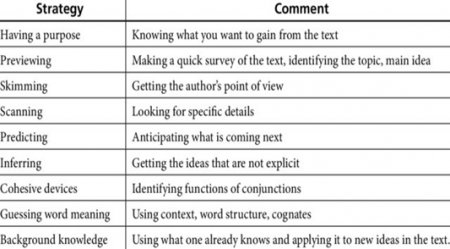CLIL approach has become incredibly popular, mainly due to the growing interest in educating bilingual (trilingual) students. CLIL integrates content and language, either by learning a content subject through the medium of a foreign language or learning a foreign language by studying a content-based subject (Marsh, 2000).
It is an approach that helps students learn a subject and a second language at the same time. It is a language immersion approach that aims at teaching subjects such as History, Geography, Biology, Chemistry, Physics and ICT to students through a foreign language (e.g. Kazakh and English). Also, it raises students’ increases motivation and interest levels.
There is a range of benefits of the CLIL approach, such as learning the language and the content at the same time, achieving both language and content aims, improving students’ outcomes, raising students’ motivations and developing students’ skills.
CLIL approach is considered as a useful approach for developing students’ reading skills. Reading is a complex cognitive process of decoding symbols to construct or derive meaning. The reading process requires continuous practice and refinement.
There is a classification (Jimеnez, 2013) of strategies:
- Cognitive strategies are the strategies that are used by learners to transform
a language, including predicting, analyzing, note taking, paraphrasing, summarizing and using context clues.
- Memory strategies help the learner to remember and retrieve information through associating, mapping, using keywords and placing new words into a context.
- Compensation strategies include skills such as inferencing and guessing.
- Metacognitive strategies consist of self-evaluation, organization, setting goals and objectives and seeking opportunities.
- Affective strategies are social strategies, including cooperation with peers, questioning, asking for correction and feedback.
All of these strategies are useful for development of students’ reading skills. By implementing these reading strategies and effective activities teachers foster students’ reading comprehension.
In this table, there are some more strategies that can be applicable in CLIL lessons. Each of these strategies has its function and is used for reading, analyzing, predicting, inferring, linking, comparing and contrasting. The teacher needs to implement necessary strategies depending on units, topics, learning objectives, lesson objectives and students’ abilities and interests.
The teacher can use one strategy for several activities or several strategies for one activity. These strategies ensure students’ effective learning and outcomes, develop students’ reading, analytical, research, communication and collaboration skills. CLIL activities should be designed to allow a great variety of learning styles to provide significant experiences for the individual learner. By implementing these strategies effectively teachers may conduct successful CLIL lessons, achieve learning objectives and facilitate students’ learning.
References
- Dale, L., Es, U. and Tanner, R. (2011). CLIL skills, European Platform - Internationalising education.
- What is Content and Language Integrated Learning? https://www.english.com/blog/content-and-language-integrated-learning/
- Coyle, D. (1999). CLIL - A Pedagogical Approach from the European Perspective. Springer.
- Why a student who speaks English fluently still scores low grades https://www.clilmedia.com/
- What is CLIL? http://clilvet.erasmusproject.pl/
- What is CLIL? https://www.onestopenglish.com/clil/what-is-clil/501038.article
- CLIL Activities, Cambridge University Press, ISBN: 9780521149846
- Meyer, O. (2010). Towards quality-CLIL: successful planning and teaching strategies, PULS, 33, 11-29
- What are BICS and CALP? https://www.colorincolorado.org/
- Jimеnez,N.E.(2013). Why to CLIL? Effects of CLIL on reading comprehension, http://academica-e.unavarra.es/
- Marsh, D. (2000). Using languages to learn and learning to use languages: An introduction to content and language integrated learning for parents and young people (D. Marsh & G. Langé, Eds.). Jyväskylä, Finland/Milan, Italy: TIE-CLIL, University of Jyväskylä/Ministero della Pubblica Istruzione.
